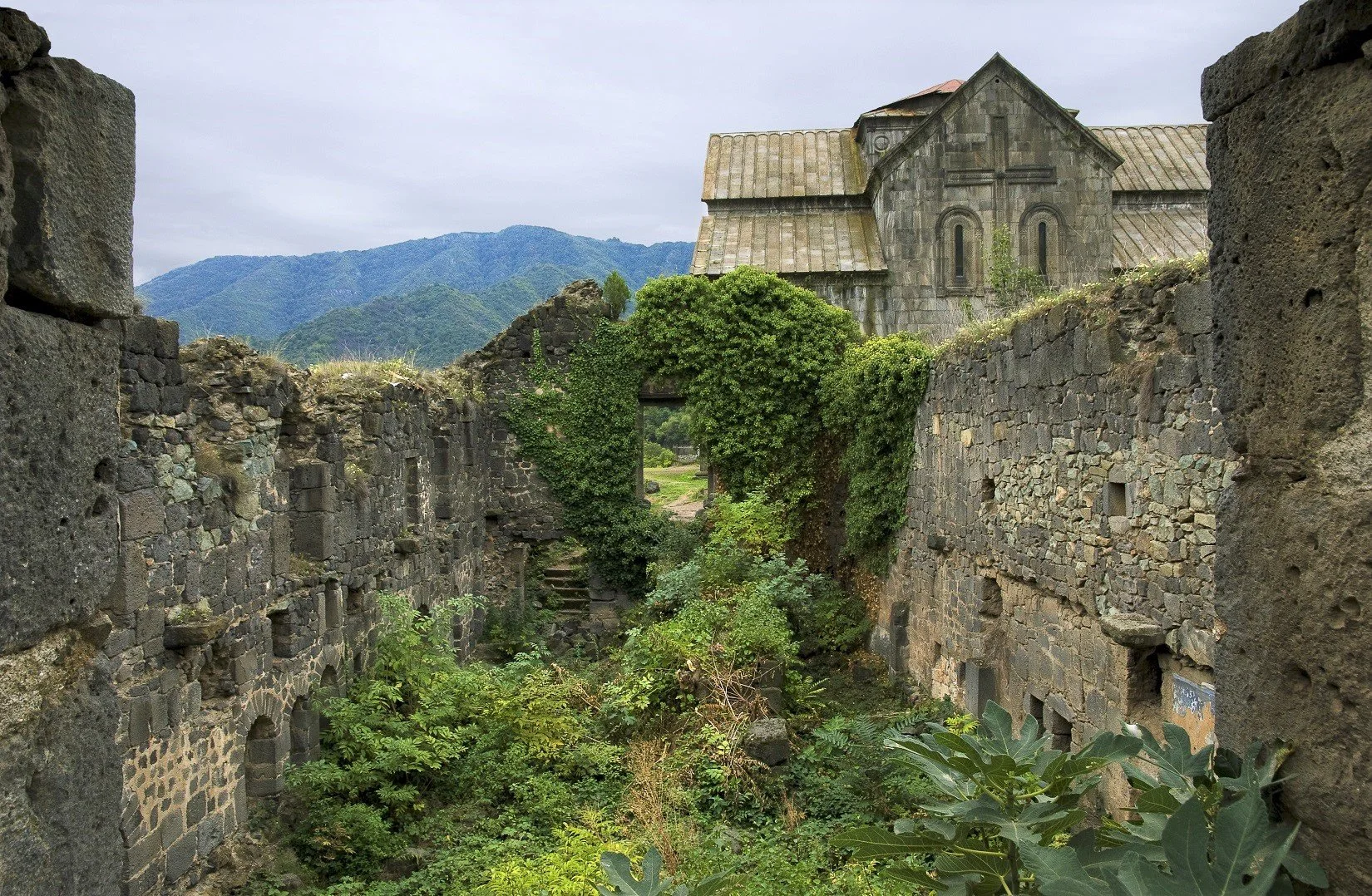Featured
BYZANTIUM, THE PHILOCHRIST KINGDOM
The Eastern Roman Empire, also referred to as the Byzantine Empire or Byzantium, or Romania (Medieval Greek: Ρωμανία), was the continuation of the Roman Empire in its eastern provinces during Late Antiquity and the Middle Ages, when its capital city was Constantinople. It survived the fragmentation and fall of the Western Roman Empire in the 5th century AD and continued to exist for an additional thousand years until it fell to the Ottoman Empire in 1453. During most of its existence, the empire was the most powerful economic, cultural, and military force in Europe.
"Byzantine Empire" is a term created after the end of the realm; its citizens continued to refer to their empire simply as the Roman Empire (Medieval Greek: Βασιλεία Ρωμαίων) and to themselves as Romans (Medieval Greek: Ρωμαῖοι) - a term which Greeks continued to use for themselves into Ottoman times. Although the Roman state continued and its traditions were maintained, modern historians distinguish Byzantium from its earlier incarnation because it was centered on Constantinople, oriented towards Greek rather than Latin culture, and characterized by Eastern Orthodox Christianity. Several events from the 4th to the 6th centuries mark the period of transition during which the Roman Empire's Greek East and Latin West diverged. In the reign of Heraclius (r. 610–641), the Empire's military and administration were restructured, and Greek was adopted for official use in place of Latin.































